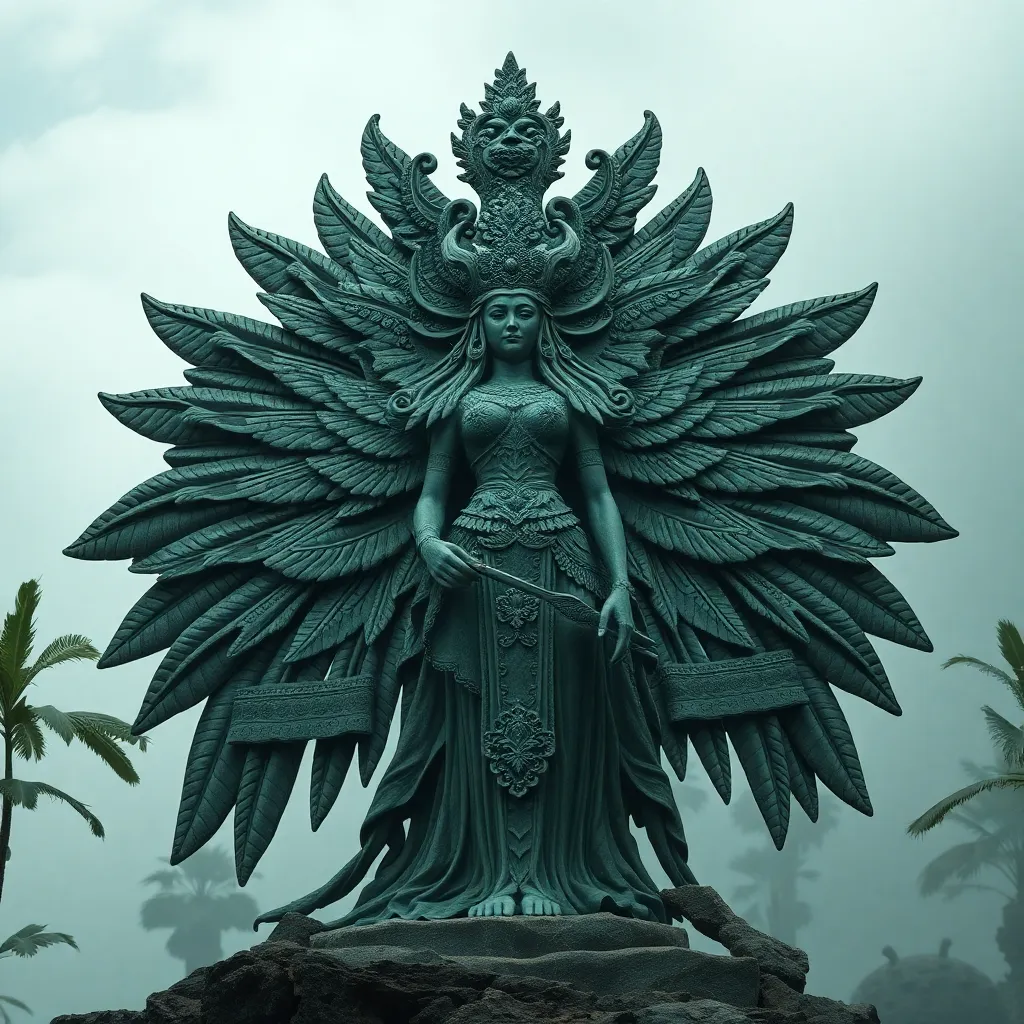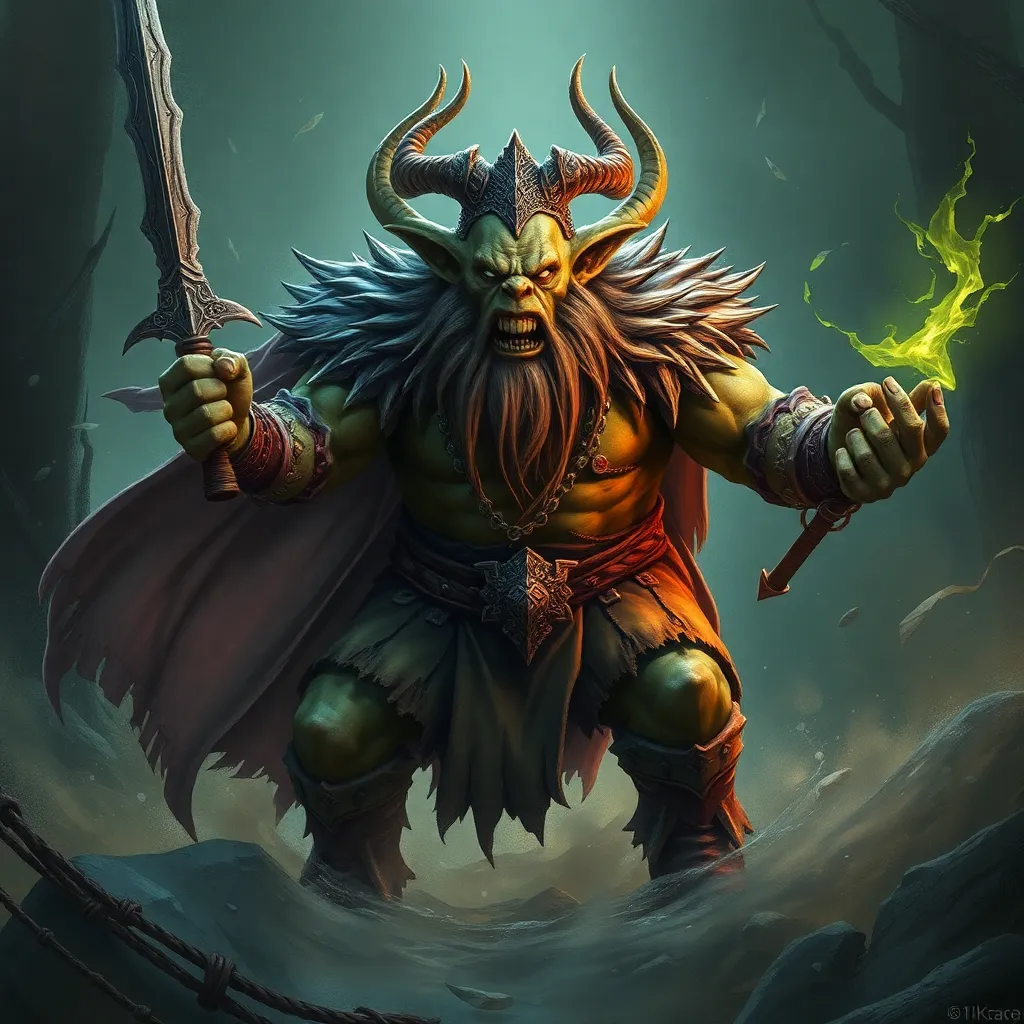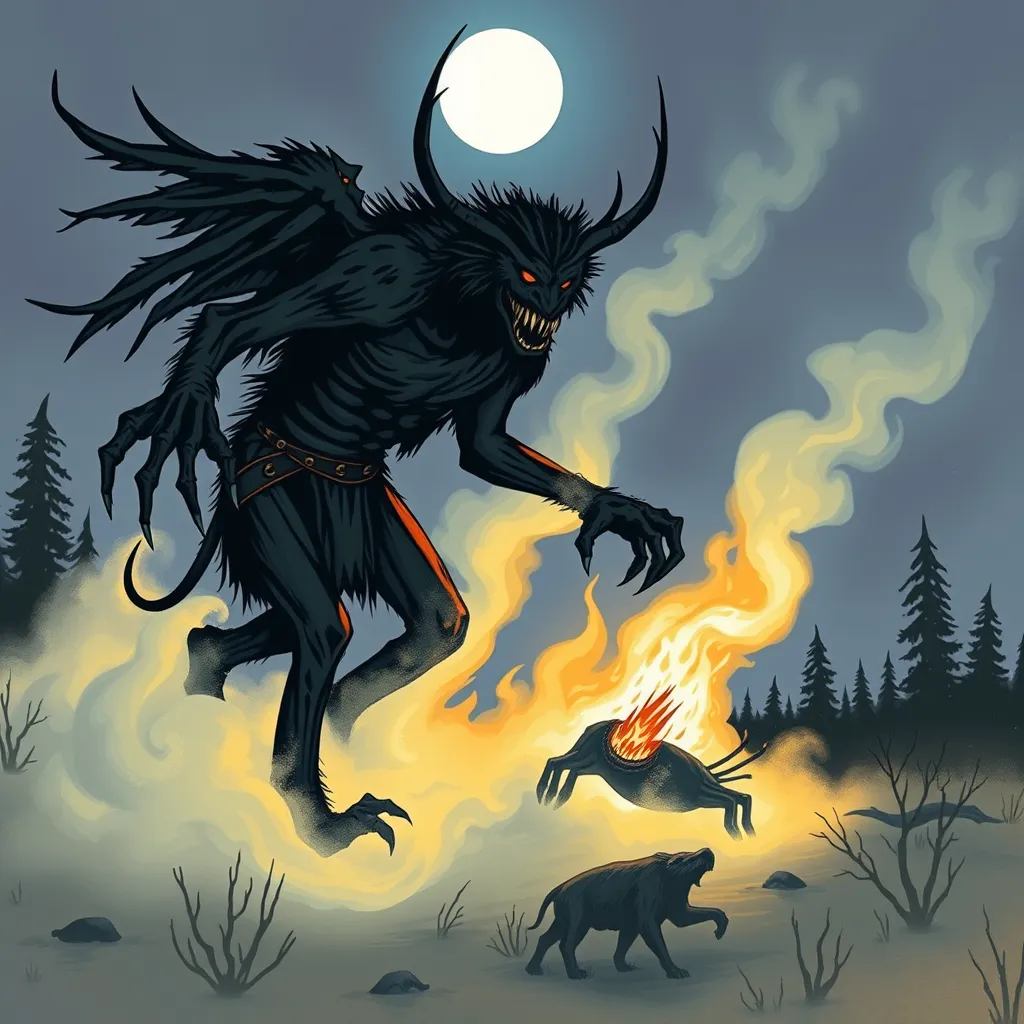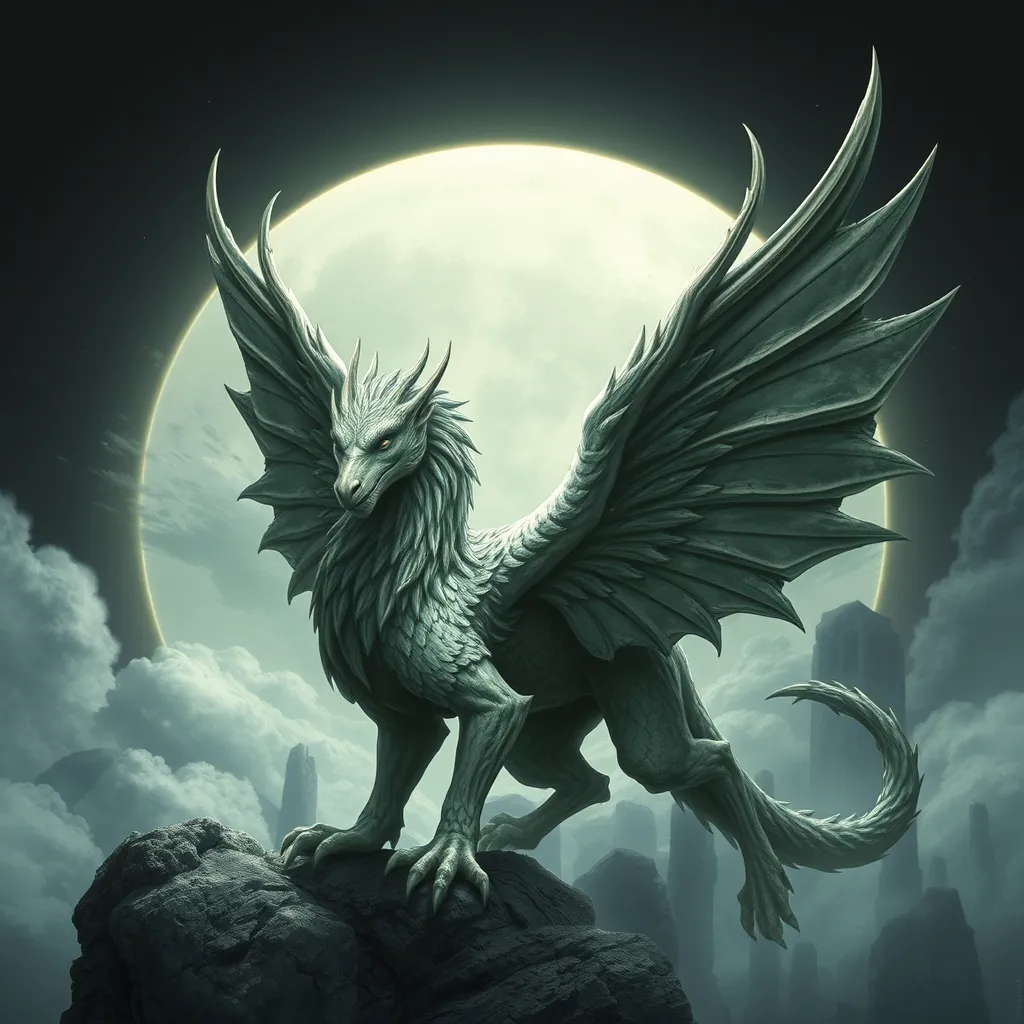Coatlicue and the Concept of Fertility: The Goddess as a Symbol of Life and Renewal
I. Introduction
Coatlicue, known as the “Serpent Skirt” goddess, is a pivotal figure in Aztec mythology, embodying the intricate relationship between life and death. As the mother of gods, including Huitzilopochtli, Coatlicue represents not only the nurturing aspects of femininity but also the darker, chaotic forces of the universe. In ancient cultures, fertility was a crucial element, symbolizing not just the reproduction of life, but the renewal of communities and the earth itself. This article explores how Coatlicue serves as a powerful symbol of fertility, representing the cyclical nature of life and renewal.
II. Historical Context of Coatlicue
Coatlicue’s origins are deeply rooted in the Aztec culture, where she was revered as a mother figure and a goddess of earth and fertility. Her significance within the pantheon of Aztec deities cannot be overstated, as she was considered a source of life, death, and rebirth.
Archaeological findings, such as the famous stone sculpture of Coatlicue found in the Templo Mayor in Tenochtitlan, illustrate her importance. These artistic representations often depict her in a complex manner, reflecting both her nurturing and destructive qualities.
A. Origins and significance in Aztec culture
Coatlicue’s mythos suggests that she gave birth to the moon, stars, and the god of war, Huitzilopochtli, after being impregnated by a ball of feathers. This highlights her role as a vital force in creation, intimately linked with the cycles of nature.
B. Coatlicue’s role within the pantheon of Aztec deities
Within the Aztec pantheon, Coatlicue was a central figure, often associated with fertility, motherhood, and the earth. Her duality as both creator and destroyer reflects the complexities of existence, making her a multifaceted deity.
C. Artistic representations and archaeological findings
Artistic depictions of Coatlicue often focus on her serpent skirt and necklace made of skulls, symbolizing her connection to life and death. These elements serve as a reminder of the cycle of life, where death leads to rebirth.
III. Symbolism of Coatlicue
Coatlicue’s symbolism is rich and varied, embodying the duality of creation and destruction. Her iconography provides insights into the Aztec understanding of fertility, motherhood, and the cycles of nature.
A. The duality of creation and destruction
Coatlicue exemplifies the interconnectedness of life and death. As a fertility goddess, she nurtures life, but her role also includes the destruction necessary for renewal. This duality is a common theme in many ancient cultures, where the cycle of life is viewed as an ongoing process rather than a linear path.
B. Elements of her iconography
- Serpent Skirt: Represents her connection to the earth and the transformative power of nature.
- Skulls: Symbolize the sacrifices made to sustain life, emphasizing the cycle of death and rebirth.
- Claws: Indicate her fierce nature and the protective aspect of motherhood.
C. The relationship between Coatlicue and themes of motherhood
As a mother goddess, Coatlicue embodies the nurturing aspects of femininity. Her maternal role highlights the importance of women in society, particularly in relation to fertility and the continuity of life.
IV. Fertility in Mesoamerican Cultures
Fertility was a cornerstone of Mesoamerican beliefs, influencing agricultural practices and cultural rituals. Various deities were worshipped to ensure fertility in crops, livestock, and human life.
A. Overview of fertility beliefs across Mesoamerica
Mesoamerican cultures shared a common reverence for fertility deities, often depicting them as nurturing figures who ensured the balance of life. The cyclical nature of seasons and agricultural cycles underscored the need for divine intervention in maintaining fertility.
B. The agricultural significance of fertility deities
Agricultural fertility was vital for survival, leading to the veneration of deities like Coatlicue. Rituals aimed at ensuring a bountiful harvest were common, illustrating the deep connection between fertility and sustenance.
C. Comparisons to other fertility goddesses
- Cihuacoatl: Another significant fertility goddess associated with childbirth and midwifery.
- Tlazolteotl: The goddess of purification, also linked to sexuality and fertility, representing another facet of the fertility belief system.
V. Rituals and Offerings to Coatlicue
Rituals dedicated to Coatlicue were integral to Aztec society, reflecting the community’s reliance on her for fertility and sustenance.
A. Description of ceremonies dedicated to Coatlicue
Ceremonies often involved elaborate rituals that included music, dance, and offerings. These events sought to honor Coatlicue and invoke her blessings for fertility.
B. The role of sacrifice and offerings in honoring fertility
Human sacrifices were a controversial aspect of Aztec rituals, believed to nourish the gods and ensure the continuation of life. Such practices highlight the profound relationship between life, death, and renewal in Aztec spirituality.
C. Impact of these rituals on community and social structure
The rituals fostered a sense of community, uniting individuals in shared beliefs and practices. They emphasized the collective responsibility of ensuring fertility and prosperity, reflecting the social structure of the Aztec civilization.
VI. Coatlicue’s Legacy in Contemporary Culture
Coatlicue continues to influence modern interpretations of femininity and fertility, resonating with contemporary discussions about the role of women in society.
A. Influence on modern interpretations of femininity and fertility
The image of Coatlicue has evolved, with many modern feminists embracing her as a symbol of empowerment and strength. Her duality is celebrated as a reflection of the complexities of modern womanhood.
B. Coatlicue in art, literature, and popular culture
Contemporary art and literature often draw inspiration from Coatlicue, exploring themes of motherhood, fertility, and the cyclical nature of life. Her representation in popular culture serves to bridge ancient beliefs with modern values.
C. The resurgence of interest in indigenous spirituality
As interest in indigenous spirituality grows, Coatlicue’s legacy becomes increasingly relevant. She symbolizes a return to earth-based belief systems that honor the cycles of nature and human existence.
VII. Thematic Analysis: Life, Death, and Renewal
The themes of life, death, and renewal are central to understanding the significance of Coatlicue in both ancient and contemporary contexts.
A. The cyclical nature of fertility and its existential implications
Fertility, as represented by Coatlicue, is not merely about reproduction; it embodies the existential reality of life’s impermanence and the inevitability of death.
B. Coatlicue as a metaphor for personal and communal renewal
Coatlicue serves as a powerful metaphor for renewal, encouraging individuals and communities to embrace change and transformation as a natural part of life.
C. The balance between creation and destruction in the natural world
Her symbolism reinforces the idea that creation cannot exist without destruction, reflecting the balance necessary for the continuation of life.
VIII. Conclusion
Coatlicue’s significance as a fertility goddess lies in her embodiment of the duality of life and death. Her influence extends beyond ancient rituals, resonating with contemporary discussions about femininity, motherhood, and the cycles of nature. In today’s society, the lessons of Coatlicue remind us of the importance of embracing the interconnectedness of all life, highlighting the enduring impact of this powerful deity in cultural consciousness.



